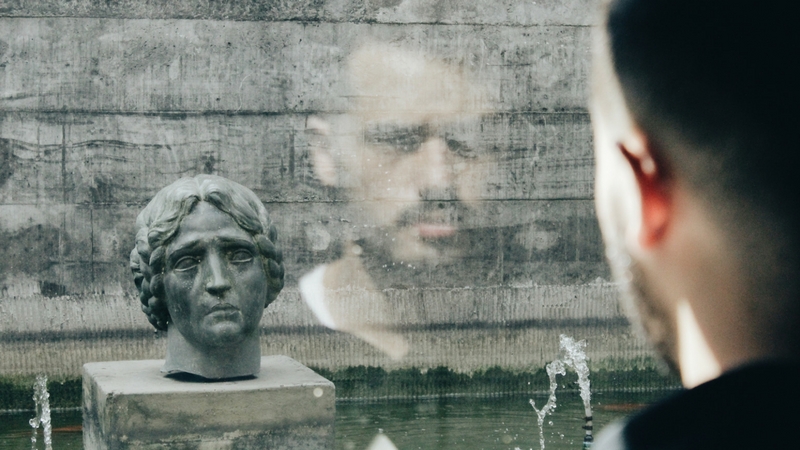Understanding Stress
Episode #3 of the course Understanding meditation and the science behind it by Colin Pal
A primary purpose of meditating is to become better at dealing with stress, which reduces the damage it has on our body, especially long-term stress. To understand this, let’s first look at the autonomic nervous system. It’s the part of the nervous system that regulates vital functions like the brain, heart, respiration, and other functions of important organs and glands. It consists of two neural pathways: the sympathetic nervous system (SNS) and the parasympathetic nervous system (PNS). The SNS triggers the fight-or-flight functions of the body, and the PNS triggers the rest-and-digest functions.
When the brain detects a potential threat (physiological or psychological), the SNS kicks in and triggers the limbic brain to release chemicals, creating many physiological changes to prepare for the experience. You will experience fight-or-flight functions like increased heart rate and blood pressure, shallow breathing, and the release of endorphins. This is a stress response. When the brain recognizes that there is no more threat, the PNS will kick in and activate the rest-and-digest functions to bring back homeostasis, or balance, in the body.
Short-Term Stress vs. Long-Term Stress
This mechanism is a natural human function necessary for survival. It only becomes an issue when you constantly keep your body and brain in a state of stress for long periods of time. The problem in today’s world is that this is exactly what we do—we prolong our day-to-day stress and don’t spend nearly enough time bringing our mind and body back to a balanced and relaxed state. Remember, the brain does not distinguish between psychological and physiological danger, so it’s activating the same physiological stress response every time you experience a psychological stress. Over time, this creates long-term stress that causes harm to our body, leading to different illnesses, anxiety, insomnia, digestive issues, and a compromised immune system.
What if you could become mindful of your stress reactions and learn to respond to them in a more constructive and harmonious way? By paying attention and becoming aware of the stress in your life, moment by moment, you begin to develop your ability to skillfully choose your response to bring your body and brain back to its relaxed and restoration state.
Stress Reaction vs. Stress Response
In Full Catastrophe Living, Jon Kabat-Zinn makes an important distinction between a stress reaction and a stress response. Stress reactions are generally fueled by unconscious habitual patterns, often learned from past challenges and experiences. These patterns include maladaptive coping techniques such as smoking, substance abuse, workaholism, and general busyness and, in the long run, often lead to mental and physical breakdown. A stress response, on the other hand, involves acknowledging emotions rather than suppressing them, while also developing tools for working with them. As you learn to respond to stress mindfully, you can gradually begin to break the old default patterns of unawareness associated with stress reactions, opening the door to new ways of working with stress and transforming it. Awareness is like bringing a light to the darkness of mindless reactions. Once you can see them more clearly, you can choose to respond more skillfully.
Mindfulness allows the prefrontal cortex of the brain to balance the two branches of the autonomic nervous system in a flexible and adaptive manner, creating greater equanimity. The best possible medical care begins with self-care, which allows you to exert some control over your own well-being. Practicing mindfulness is a powerful means of taking an active role in your own self-care and improving your overall wellness.
“Your capacity to love others is only limited by your capacity to love the person staring back at you in the mirror.” —Tweet this.
Challenge of the Day
Practice a body-scan meditation. Find a space on the floor or on your bed to comfortably lie down. Bring yourself back to the present moment through your breath. When you’re ready, do a full body scan, starting from your toes and slowly shifting your attention from one body part to the next and moving up to your head. With each body part, allow yourself to rest your attention on that part for a few moments, practicing mindfulness and simply observing. If you notice any tension, allow yourself to let go of it and relax. This is a great practice to relax your body before bed.
Tomorrow, we’ll learn about the impact meditation has on our immune system.
Recommended book
Share with friends

